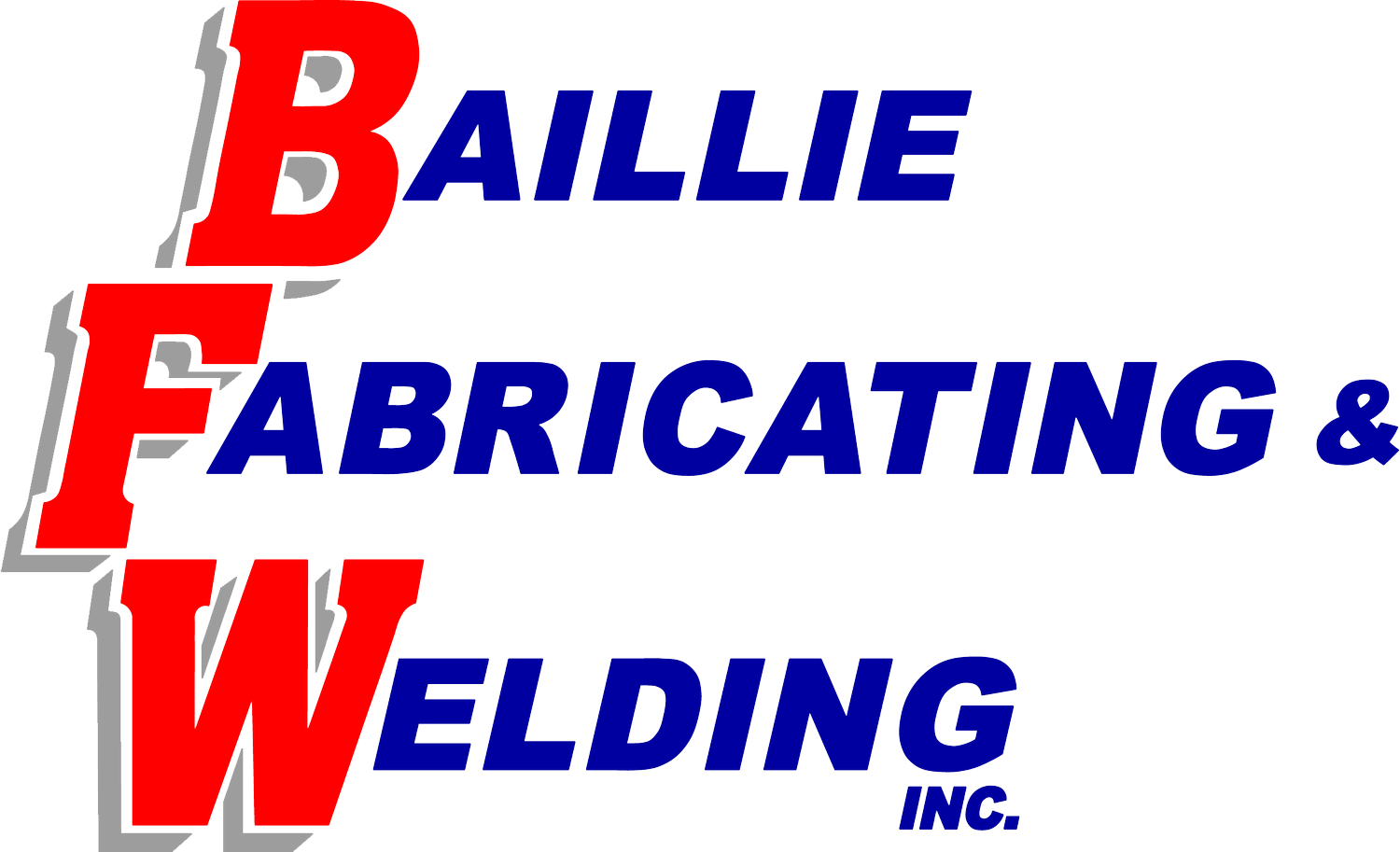DFM Guidance for Sheet Metal Fabrication Hardware
Baillie Fabricating & Welding works with a variety of sheet metal fabrication hardware and fasteners, including:
Nuts, bolts, and screws
Rivet nuts, PEM nuts, and cage nuts
Adhesives
These solutions should be used in various applications according to needs, such as strength, environment, and cost value.
Here’s how Baillie Fab incorporates Design for Manufacturing (DFM) best practices when choosing optimal hardware for metal fabrication services.
Nuts, Bolts, and Screws
Fasteners like nuts, bolts, and screws have various strength levels. The higher the grade, the stronger the fastener. One way to recognize the strength level of carbon steel bolts is by the amount of slash marks on the fastener’s head designates the grade.
No slashes = Grade 3 (e.g., general hardware bolt)
3 slashes = Grade 5
6 slashes = Grade 8
8 slashes = Grade 10
Bolts come in a variety of styles, such as standard hex heads, socket heads, socket button heads, countersunk heads, Torx heads, socket cap screws, and tamper-proof screws. Nuts are primarily available as hex and square, with larger and taller options like heavy hex nuts and a flanged option with serrated surfaces to keep the nut from loosening.
All these fasteners are available in steel and stainless steel with a variety of finishes—mainly on steel fasteners—to help withstand rust and harsh environments.
Rivet/PEM/Cage Nuts and Adhesives
Some applications, especially sheet metal assemblies with thin components, require unique fasteners like rivet nuts, PEM nuts, and cage nuts.
Rivet nuts are installed with a special hand-held tool that compresses the nut like a rivet when inserted in a sheet metal hole.
PEM fasteners are pressed into metal using hydraulic or pneumatic presses.
Cage nuts, also known as captive nuts, fit into a square hole cut in sheet metal and allow movement of the nut to help with misalignment.
For some applications, an adhesive may be better for fastening sheet metal components together. VHB tape is like double-sided tape with superior holding strength. Epoxy adhesives, made in a variety of strengths, can join dissimilar materials in metal fabrication services.
Sheet Metal Hardware Applications
When it comes to corrosion, galvanized or chromate bolt finishes provide protection for structural steel applications. Stainless steel hardware comes in grades that offer various levels of corrosion resistance. For example, Grade 316 is highly corrosion resistant and can be used in a pool environment, while Grade 304 provides basic corrosion resistance for general use.
Higher grade bolt numbers, such as Grade 8 and Grade 10, indicate more strength for heavy-duty applications. While a standard hex head bolt will do for most general fabrications, a structural grade application may require A325 fasteners because they have bigger heads and provide higher clamping force.
Countersunk bolts create a flush surface when installed, and Torx head bolts have a star-shaped drive for security and tamper resistance. Socket cap screws provide a low-profile solution for tight spaces.
Rivet nuts and PEM nuts, commonly used in electronics and sheet metal fabrications, require special tooling and equipment. PEM nuts create a flush surface, while rivet nuts have a small protruding flange on one side. Rivet nuts can handle both pull and push applications. However, PEM nuts are only suitable for pull applications. Cage nuts are used for easy assembly and disassembly, especially in guards and non-precision fabrications.
VHB tapes, used extensively in exterior applications in the sign industry, are suited for low-strength applications where exposed fasteners are undesirable. Epoxy adhesives, including those with metal chips, offer an alternative to traditional fasteners in certain applications.
Sheet Metal Hardware Considerations
The type of hardware used in a sheet metal fabrication project depends on many factors, including the industry, application, and specific requirements. Engineers and fabricators must take these factors into account, as well as strength requirements and aesthetics.
For example, a pharmaceutical or food-grade project would require stainless steel fasteners with the smallest possible surface area to inhibit dirt and germs. That means no nooks, crannies, holes, or crevices—plus shiny, polished finishes for easy cleaning.
A structural project would involve concerns about strength, torque, and rust protection. In an electronics project, clean, smooth fasteners would be necessary to support and fasten small, lightweight electrical components such as circuit boards.
Incorporating DFM for Hardware
DFM is the foundation for creating great products using metal fabrication services. We can help you incorporate the latest best practices for hardware into your project.
Call (610) 701-5808, contact our team, or visit our Pennsylvania metal fabrication shop to learn more.

